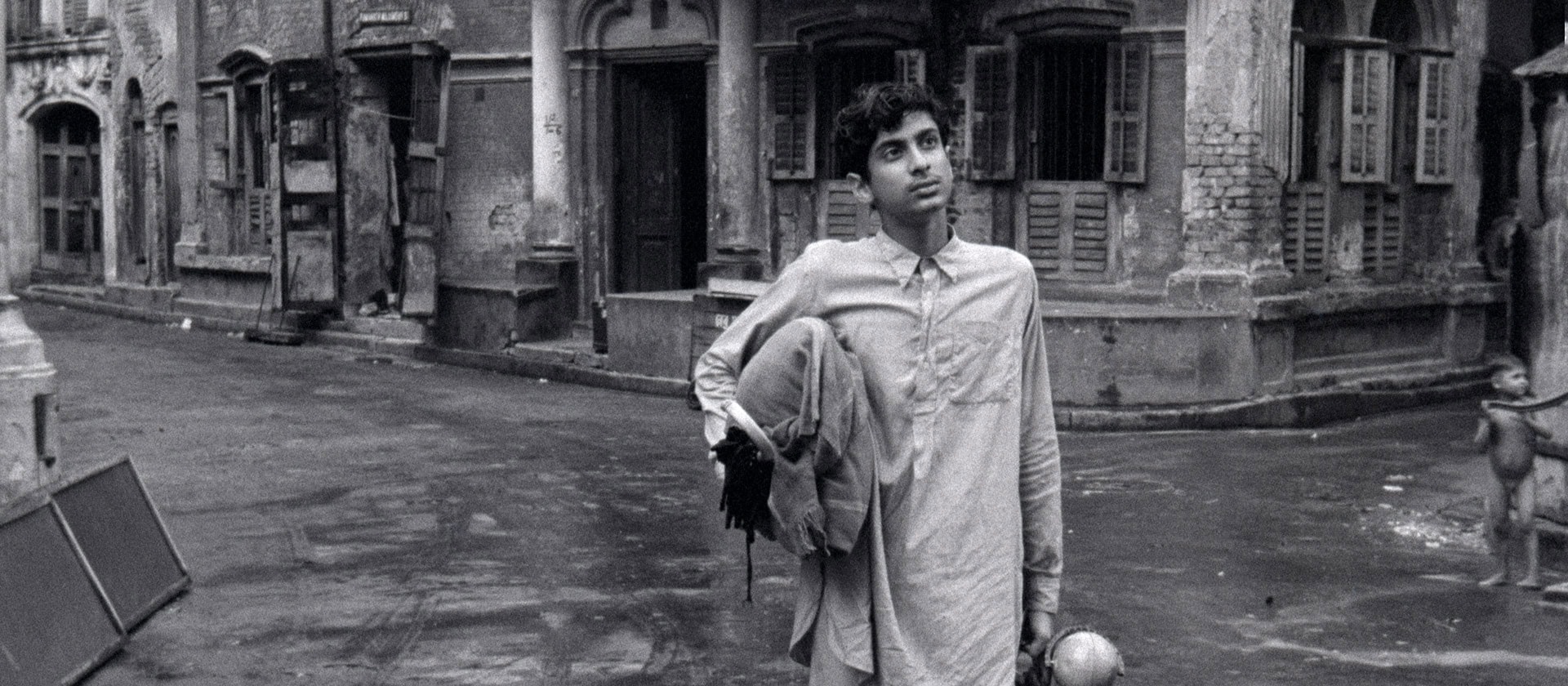
The Story of a Film section, which traditionally presents one jewel from world’s cinema, offers three titles this year. They were all made in the 1950s, and together they form the so-called Apu Trilogy, which won Bengali filmmaker Satyajit Ray international acclaim.
The Indian film industry was never short of talents or movies. But those hundreds of films made yearly after the end of the Second World War were almost exclusively intended for domestic viewers and remained hidden from Europeans’ sight. It was only the following decade that saw a few directors who abandoned local conventions and began to make films that were comprehensible to Western audiences.
Satyajit Ray remains to be the most famous one of them. He had always inclined towards the seventh art, but was definitely brought to the filmmaking career by Vittorio De Sica’s Bicycle Thieves (1948). In the neorealist fashion – only in exteriors, with non-actors, without musical acts (!) – he made his low-budget debut Song of the Little Road (1955) that was screened and awarded at Cannes in 1956.
Inspired by this success, Ray decided to follow up on his first feature with two more sequels that received similarly warm reception. In The Unvanquished (1956) and The World of Apu (1959), we observe the further life of the protagonist Apu who grows into a man and becomes a father. Get ready for a long journey that will take you from the Indian countryside to the hearts of the cities crisscrossed by trains as the symbols of modernity.
Programmers:
Jan Bergl, a graduate of the Department of Film Studies at the Faculty of Arts, Charles University in Prague, film lecturer, historian and publicist who chairs the committee of Film Club in Pilsen, collaborates with various Czech film festivals and occasionally publishes his texts, mostly in the Film a doba magazine.
